Hi, everyone!
We have a new interview with Cate Blanchett for the new season Documentary Now! Two Hairdressers in Bagglyport drops on AMC+ tomorrow, October 19th, then will air on IFC on October 26th.
On an atypically sunny morning in April, an octogenarian actor rested her eyes on a black leather couch in an Airbnb in Blackpool, a seaside town on England’s northwestern coast known for its risqué postcards and dilapidated Victorian grandeur. The house, whose aesthetic fell somewhere between canary-yellow cheer and acid comedown, was in fact filled with grandmotherly women, immaculately groomed, swaddled in beige knits, drinking tea and waiting for their close-ups. Less soigné among them was the movie star Cate Blanchett, who wore prosthetic buckteeth, a permed orange wig, chunky plastic spectacles, and a pink nylon apron. “You certainly look totally unrecognizable,” her co-star, the actor Harriet Walter, told her. “Thank you,” Blanchett replied, deadpan.
The double Oscar winner—heavily tipped to win a third Academy Award next spring for her ferocious performance as a conductor in Tár—was taking the day’s work seriously, or as seriously as you can take an absurdist homage to a 1994 BBC documentary about hairdressers called Three Salons at the Seaside. She was there because she’s one of the people who has bought into the vision of Documentary Now!, the recondite passion project dreamed up by a squad of Saturday Night Live veterans almost 10 years ago. The series amounts to a long-running in-joke among friends: It’s an earnestly loving tribute to film history and a regular reunion for people whose schedules are filled with obligations such as embarking on global comedy tours, hosting late-night talk shows, and working on Marvel TV spin-offs. “I’m really glad that everybody else enjoys it,” Alex Buono, one of the show’s directors, told me. “I feel like it’s a show that we make for ourselves to amuse each other.”
There are two remarkable things about Documentary Now! One is that it works at all—that a series whose objective blends comedic parody and authentic tribute doesn’t get lost in esotericism. The other is that, thanks to the power and prestige of its creative team (which includes Seth Meyers, Fred Armisen, John Mulaney, Buono, and the director Rhys Thomas), it is probably TV’s last truly unbothered show. Everybody does what they want, and we, the viewers, get to see what oddball, magical art that kind of creative freedom can manifest—such as the sight of Blanchett, mousy and muted, furiously yanking a brush through an elderly woman’s hair.
“There’s not an ounce of preciousness in it, you know?” Blanchett told me between takes. “And it’s so buoyant. Often, you can get so bogged down trying to perfect things. The deliberate imperfection in this series is really great.” She was also struck by the care that Meyers, who wrote the episode, had for the source material: “It was amazing how much Seth understood the language and the atmosphere of [Three Salons], being an American man describing the elderly female experience in 1994.” (When I relayed this to Meyers later, he said it was the “highest possible praise” he could imagine.) The series might be comedy, but it is sincerely devoted to documentary and to the thing that documentary captures better than any other art form: the extravagant, fascinating spectacle of humankind.
The idea to pay tribute to Three Salons at the Seaside, a documentary so obscure it seems to exist only in a fuzzy and likely illegal YouTube recording, came from Blanchett. She made her Documentary Now! debut in Season 3, playing a performance artist (based on Marina Abramovi?) whose career included running through a gallery with a bucket on her head and yowling like a cat. (The episode, with its shrewdness and jubilant ending, is one of the most memorable pieces of television I’ve ever seen.) While filming the show Mrs. America, in which she played the conservative firebrand Phyllis Schlafly, Blanchett spent significant amounts of time having her hair styled into Schlafly’s immutable waves. Her stylist recommended Three Salons during a discussion about what hair salons can mean to women—how they can be a place of refuge, a community center, a locus of care. “Even though it’s set in Blackpool and I’m from Melbourne, watching it felt like stepping back into my childhood,” Blanchett said. “Because my grandmother lived with us, and I spent my entire childhood in [the hair salon] Ezio of Rome”—she pronounced it so emphatically that everyone else in the room fell into giggles—“around all these elderly women. Between there and the croquet club. I just absolutely fell in love with it.”
For the resulting “Two Hairdressers in Bagglyport,” Meyers decided to combine the salon concept with The September Issue, R. J. Cutler’s chronicle of Vogue and the loaded relationship between the magazine’s longtime editor in chief, Anna Wintour, and its former creative director, Grace Coddington. Harriet Walter plays Edwina, the immaculate proprietor of Salon de Edwina, and Blanchett is Alice, a kind but clumsy helpmeet who goes to work for Edwina after her bricklayer husband is killed by a falling pile of bricks. The jokes abide—Edwina, ordering a sandwich, is given options of “butter and pickle, tomato mayonnaise, and ham with vinegar,” and a collection jar is passed around for someone named Mary, who’s “been kidnapped. Again.”
As with other Documentary Now! episodes, though, the precision with which “Two Hairdressers” emulates its source material is notable, down to filming in one of the original locations, a near-identical score, identical shots of hair being wound onto rollers, and matching B-roll of a roller skater loudly rattling down the street. “The original has got such a sweet tone to it; it’s a very innocent, humorous thing,” Walter told me. “I was worried that we would be sort of sending it up, or a bit patronizing or something.” A different show might have. But Three Salons at the Seaside (directed by Philippa Lowthorpe, who later won a BAFTA for her work on Call the Midwife) is intent on portraying the dignity of its subjects amid difficulty, and Documentary Now! was just as intent on doing the same.
Source: The Atlantic
 Welcome to Cate Blanchett Fan, your prime resource for all things Cate Blanchett. Here you'll find all the latest news, pictures and information. You may know the Academy Award Winner from movies such as Elizabeth, Blue Jasmine, Carol, The Aviator, Lord of The Rings, Thor: Ragnarok, among many others. We hope you enjoy your stay and have fun!
Welcome to Cate Blanchett Fan, your prime resource for all things Cate Blanchett. Here you'll find all the latest news, pictures and information. You may know the Academy Award Winner from movies such as Elizabeth, Blue Jasmine, Carol, The Aviator, Lord of The Rings, Thor: Ragnarok, among many others. We hope you enjoy your stay and have fun! 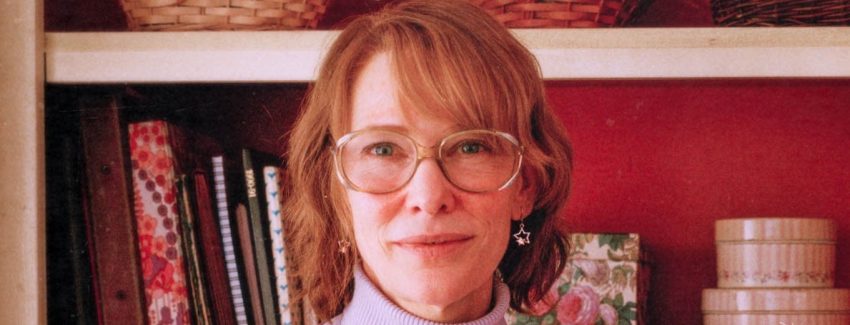

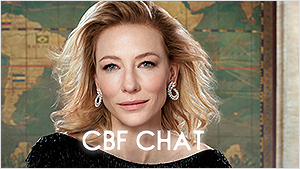
 Black Bag (202?)
Black Bag (202?)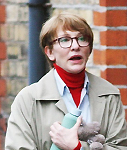 Father Mother Brother Sister (2024)
Father Mother Brother Sister (2024)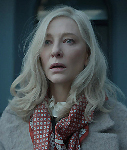 Disclaimer (2024)
Disclaimer (2024)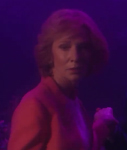 Rumours (2024)
Rumours (2024)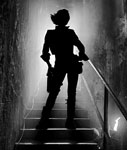 Borderlands (2024)
Borderlands (2024)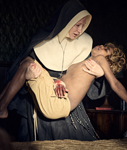 The New Boy (2023)
The New Boy (2023) TÁR (2022)
TÁR (2022)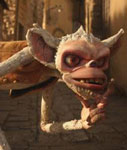 Guillermo Del Toro’s Pinocchio (2022)
Guillermo Del Toro’s Pinocchio (2022)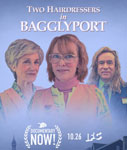 Documentary Now!: Two Hairdressers in Bagglyport (2022)
Documentary Now!: Two Hairdressers in Bagglyport (2022)












